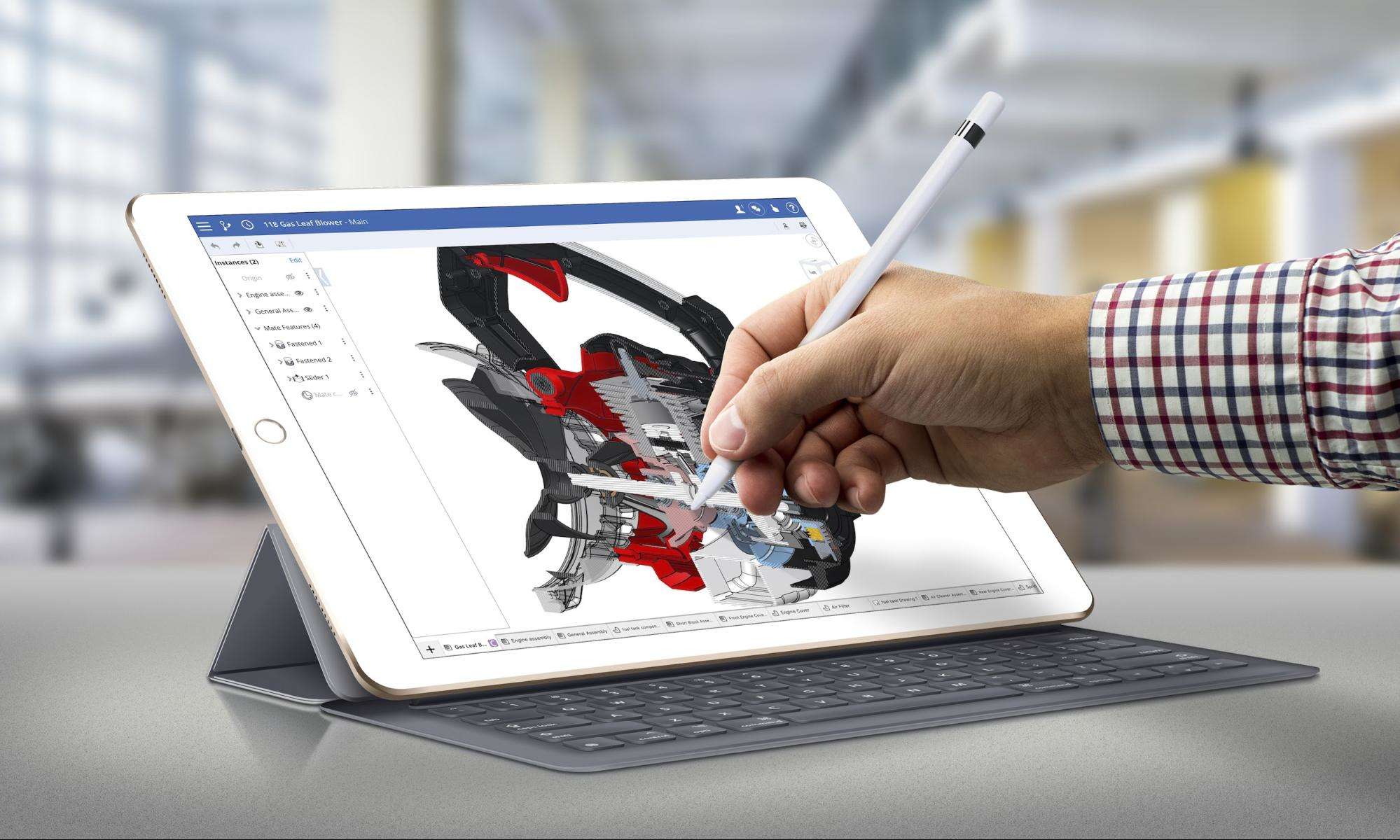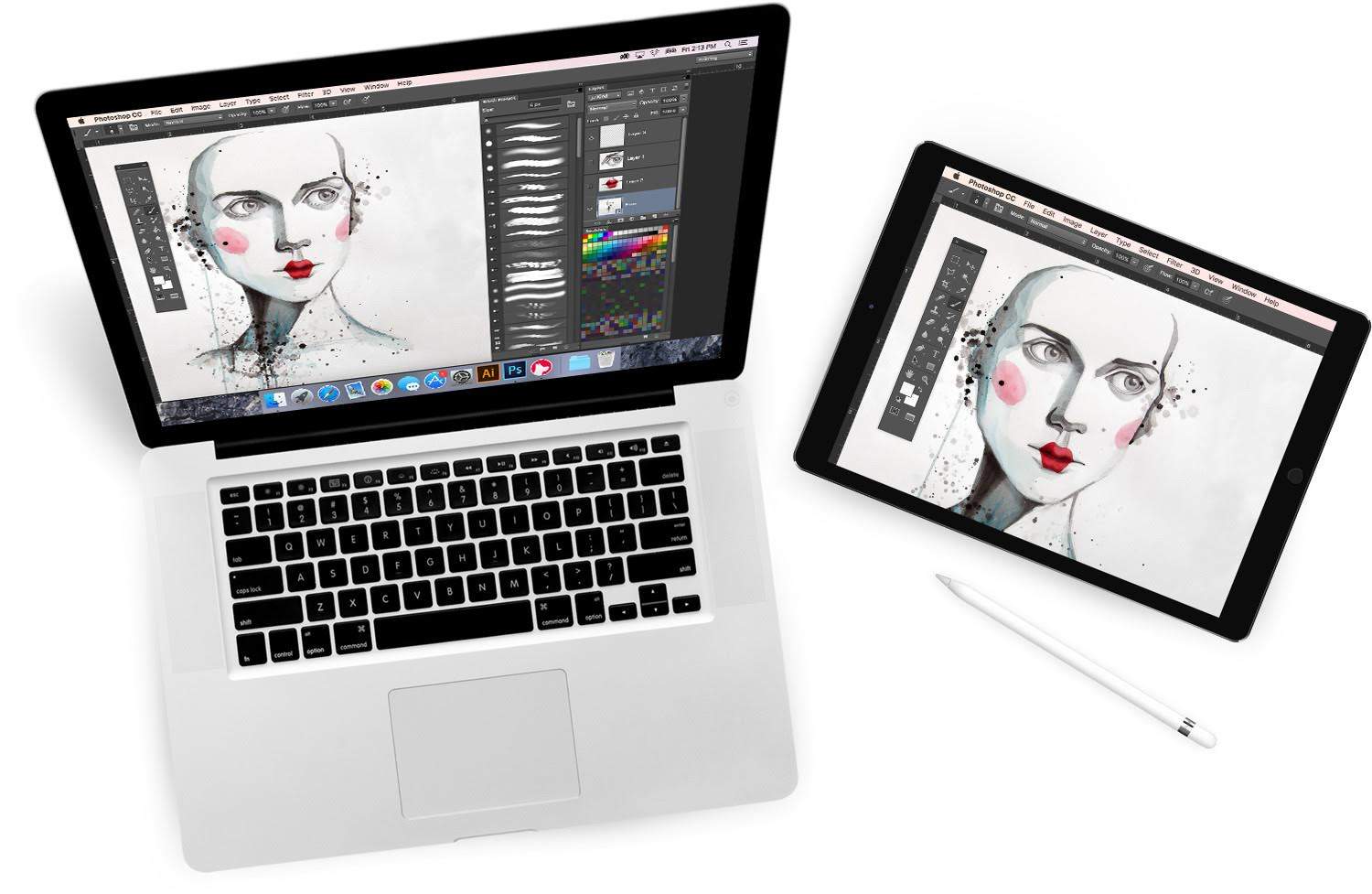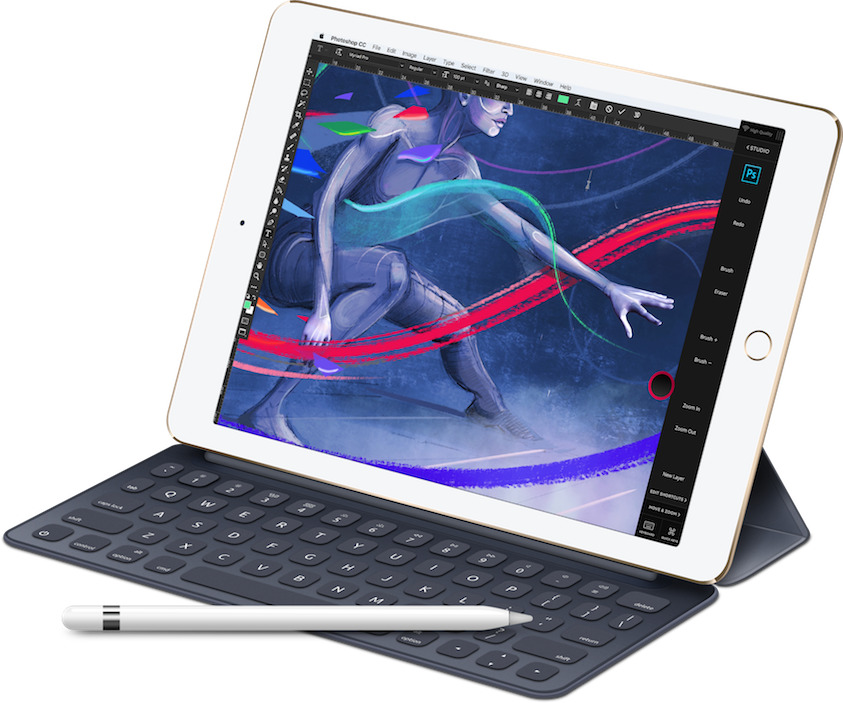At a Glance
AstroPad: Digitize the iPad Created to be a perfect tool for artists, AstroPad visualizes an artist’s vision in a digital environment using the iPad as a digital input device. IPad functions as a touch responsive screen on which you can draw on too. Astropad is only available on Mac and works similar to EasyCanvas. Open both Mac and iPad apps. Open the Astropad Mac app. Open the Astropad Studio iPad app. – Tap Get Started. After finalizing your payment setup and user account, go back to your Mac and click Next. If you already have an account, tap Log In below the Get Started button on the iPad.
Expert’s Rating
Pros
- Are your Astropad Studio apps up-to-date? Access the latest software downloads available here.
- Astropad is a pretty basic concept: download an app onto your Mac and your iPad, and the Mac screen will be mirrored wirelessly onto the iPad, letting you drag and drop and draw without the need.
- Nearly imperceptible lag when drawing, especially when connected via USB
- Magic Gestures and easy screen manipulation controls
Cons
- Yearly fee is pricey for people who use the tool infrequently
- Slight redrawing lag when repositioning active area in the default Retina mode
Our Verdict
Best Prices Today

As a longtime Adobe Photoshop and Lightroom user, I periodically consider buying a digitizer, such as a Wacom tablet, to better take advantage of editing with brushes and other tools that work with pen-based input. I know photographers and artists who swear by them, but it would be a significant expense for my comparatively modest editing needs.
It turns out, though, I already have an excellent pen-based touchscreen device: an iPad Pro with an Apple Pencil. More often than not, it’s usually on my desk at home or in my bag at a coffee shop.
The new Office Mobile app combines Word, Excel, and PowerPoint with exclusive features to make it your go-to productivity app. Word, Excel, and PowerPoint in one app View, edit, and share files without the need to switch between multiple apps. On your iPhone or iPad, open any standalone mobile Office app (for example, Excel). Sign in with your Microsoft account, or Microsoft 365 work or school account and then tap Next. If you don't have a Microsoft Account, you can create one for free. What is going on guys! The biggest question i get about going full iPad Pro is about the Microsoft suite. So wanted to walk you through how it feels on the. Office 365 for ipad pro review. Some qualifying plans and all non-qualifying plans have a screen size limit of 10.1 inches for editing in the Office mobile apps. For example, if you're using an iPad Pro with a 12.9 inch screen, you must have a qualifying Microsoft 365 plan with access to the desktop apps to edit files.
Astropad Studio ($79.99 per year) turns that iPad Pro into a digitizer. Most Wacom tablets incorporate a pen-sensitive surface that transmits strokes and taps over a wire. If you want to spend at least $800, the Wacom Cintiq provides a touch-sensitive screen on which to work. (Wacom tablets that don’t incorporate a screen start at around $60.)
Astropad Studio does the same on the iPad Pro you already own, wired or wirelessly. The company also sells Astropad Standard, which works with non-Pro iPad models and costs $29.99 as a one-time purchase.
The Astropad Studio app runs on the iPad Pro and communicates with a sister application on the Mac. Search marquis removal mac chrome. When connected—via a Lightning-to-USB cable or with both devices on the same Wi-Fi network—the iPad Pro displays a portion of the Mac’s screen, which you can control using your fingers or an Apple Pencil.
How much you see depends on your screen resolution. When set to 100 percent view, the iOS app reveals only a section, necessitating some window resizing. You can also view the entire Mac screen on the iPad by holding Astropad’s main button and tapping the Fullscreen button, but that means you’re not working 1:1 with the app you’re controlling, which may not be as accurate when drawing. Switching between views and repositioning the active area is simple and quick, however.
It’s important to note that Astropad Studio isn’t limited to specific applications, nor does it require plug-ins or other hooks. The Pencil becomes your mouse pointer, with the ability to pass along Pencil-specific gesture data as needed.
If you’re using Astropad Studio and the iPad Pro as a digitizer, you’ll probably have one hand poised over your keyboard and the other using the iPad. However, you can also control everything from the iPad using an onscreen keyboard, shortcut keys (Command, Option, Shift, Control) that are easily displayed, and quick access to basic commands such as Undo, Redo, Cut, Copy, and Paste. Those are the defaults; you can set up any menu item in that space.
Further customization is possible through Magic Gestures, actions that involve both finger touches and Pencil drawing. Annoyed that you can’t flip the Apple Pencil over and erase? (Even years out of school where I rarely touch a real pencil, that’s a behavior that will probably never go away.) Activate a tool’s erase function by holding one finger on the screen and drawing with the Pencil. Or touch two fingers on the screen and tap with the pencil to right-click and bring up the contextual menu. You can configure Magic Gestures for other actions, too.
All of those features are welcome, but the top consideration with a setup like this is performance. On a 10.5-inch iPad Pro, connected via USB to my late 2016 MacBook Pro with Touch Bar, the app reported a 2 millisecond response time. On my home Wi-Fi network, running at 5GHz using an Eero system, that time was 4-5 milliseconds. In both situations while I attempted some quick sketching, there didn’t appear to be any noticeable lag.
Moving the active area around does introduce a slight delay while the screen re-renders; it displays a low-resolution proxy for a second and then the higher-resolution version kicks in. A setting to display a non-Retina version of the screen solves this, as long as you don’t mind a softer image (which mostly manifests itself in software interface items and text).
Bottom line
Overall, Astropad Studio is an impressive way to incorporate pen input into Mac drawing or image editing. The $80 yearly subscription price feels a bit steep for my personal editing needs, but if you do this kind of work more regularly, it’s entirely justified.
ContentsWhat you will need to use Astropad Standard
Downloading and Installing the Apps
Accessibility in macOS Mojave and newer
Screen Recording in macOS Catalina and newer
USB and Wireless Connection
What you will need to use Astropad Standard
- Mac with OS 10.11 El Capitan or newer
- iPad Mini 2 (2013+), iPad Pro (2016+), iPad 5th generation (2017+), or iPad Air (2013+) with iPadOS 9.1 or later
- Apple Pencil
- Creative software on your Mac
For input and drawing, you can use your finger along with Apple Pencil. Mac and iPad can be connected by either USB cable or wirelessly with Wi-Fi.
Downloading and Installing Apps
Download the iPad App
Astropad Standard’s iPad app can be purchased on your iPad through the App Store, or by going to astropad.com/app
Download the Mac Companion App

After purchasing the iPad App, go to our Astropad Standard downloads page to download our free Mac companion app.
– Extract the .zip file and save the Mac app in “Applications” or your preferred download location.
*For convenience, you can keep the Mac App in your dock. Click and hold on the Astropad icon, and go up to “Options”, then select “Keep in Dock”.
Open Both iPad and Mac Apps
On your Mac, open the Astropad Mac App.
– Click “Setup”
On your iPad, open the Astropad Standard iPad App.
– Tap “Get Started”
Instructions for setup and connection will appear on screen. When both apps are opened and past setup, tap “Next”.
If you are running macOS Mojave 10.14 or newer
Unlike previous macOS versions, you will need to enable Accessibility to use Astropad Standard in macOS Mojave 10.14 or newer. There will be a message that prompts during initial setup with steps to Enable Accessibility from your Mac’s System Preferences.

You can also activate this manually by going to System Preferences > Security & Privacy > Privacy tab. Select Accessibility in the left side menu, then check the box next to Astropad Standard’s icon. If you don’t see Astropad Standard’s icon available, click the “+” button and directly add the application.

If you experience no pressure sensitivity with drawing / input, you may need to check whether the accompanied creative software in use requires this or a similar permissions under the Privacy tab.
If you are running macOS Catalina 10.15 or newer
Along with the enable Accessibility that was introduced with macOS Mojave, a new permission has been added. Screen Recording needs to be enabled to allow Astropad Standard to access the content on your screen. Astropad Standard does not record the contents of your screen.
There will be a message that prompts during initial setup, with steps to enable this from your Mac’s Systems Preferences.
USB and Wireless Connection
To use Astropad Standard, your iPad and Mac need to be connected by either USB or Wi-Fi connection.
To connect by USB:
Using your iPad’s corresponding USB cable (30-pin to USB, or Lightning to USB), connect iPad to your Mac.
Astropad Like Apps
To connect by Wi-Fi:
Make sure both Mac and iPad are on the same wireless network. If both iPad and Mac are on the same network with a good signal, they will connect automatically.

Astropad Mac
– Try Manual Wi-Fi Connection if you’re unable to connect automatically.
Astropad App
At the connection screen, click “Connect info” and a new window is shown with connection options. Click “Wi-Fi Manual Connect”, and a QR code opens on your Mac’s screen for your iPad to scan.
Astropad App Windows
Take your iPad, making sure the Camera is “Enabled” for Astropad Standard, and allow it to scan the QR code. It will disappear entirely when you’re connected.




